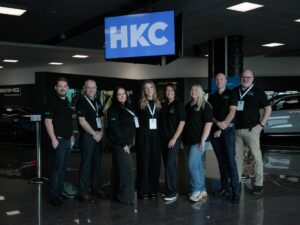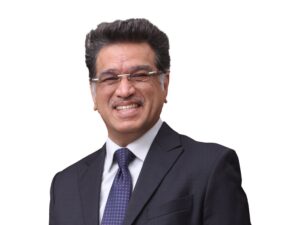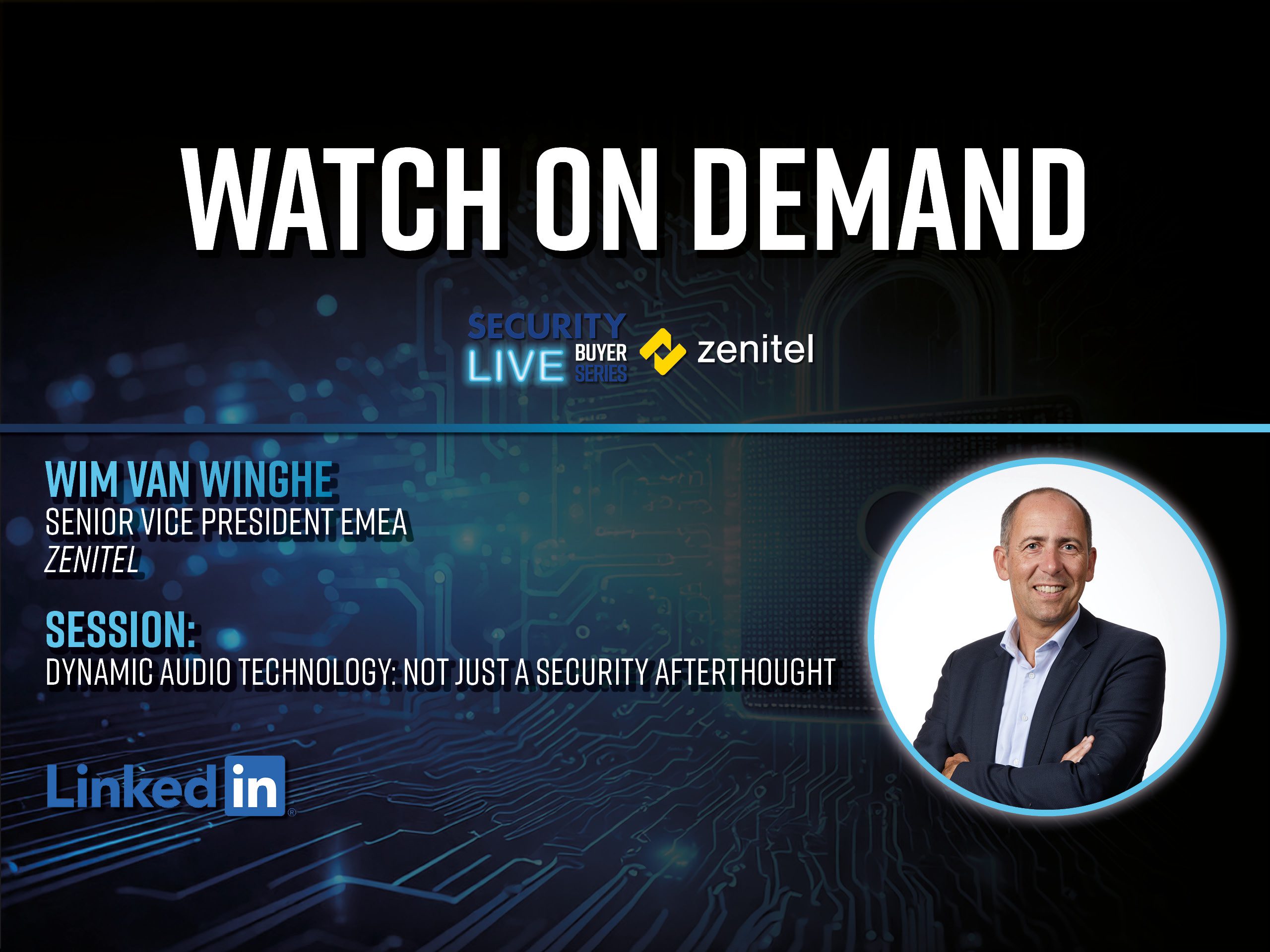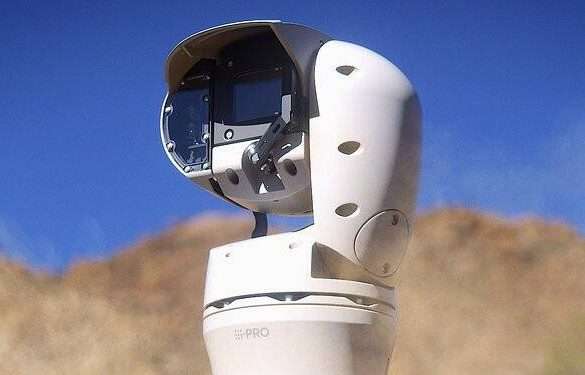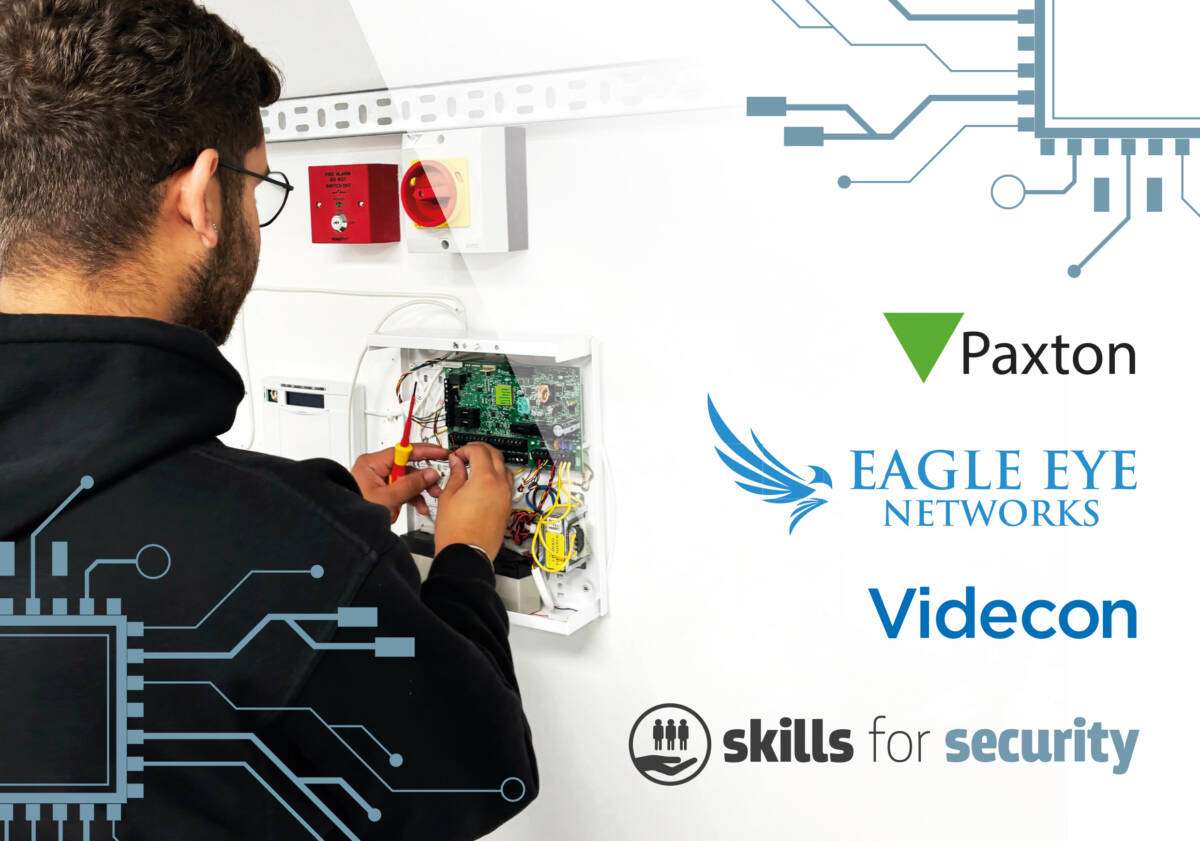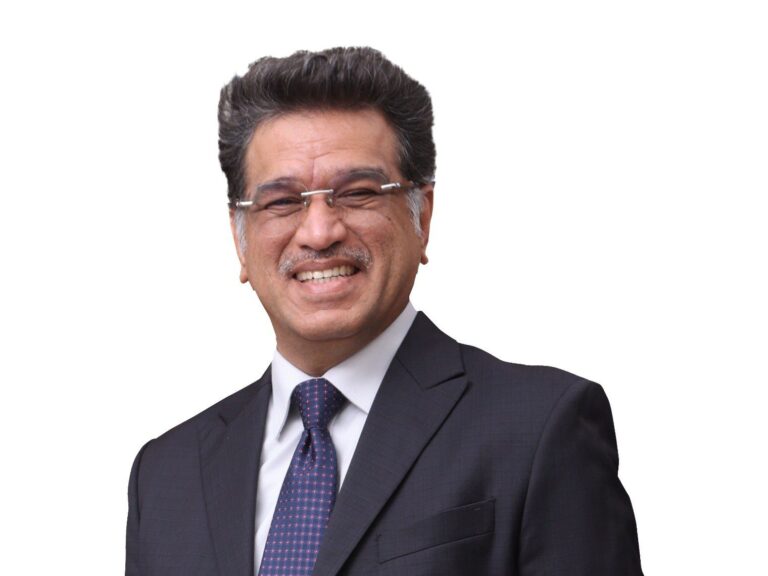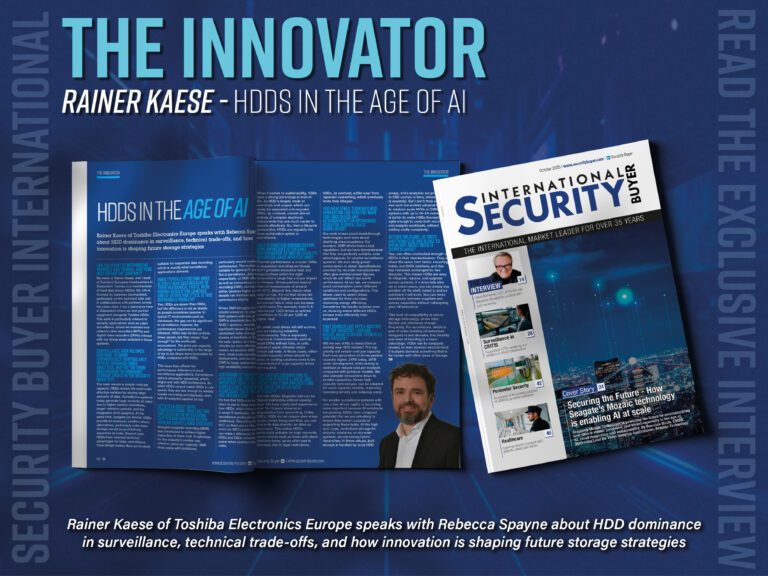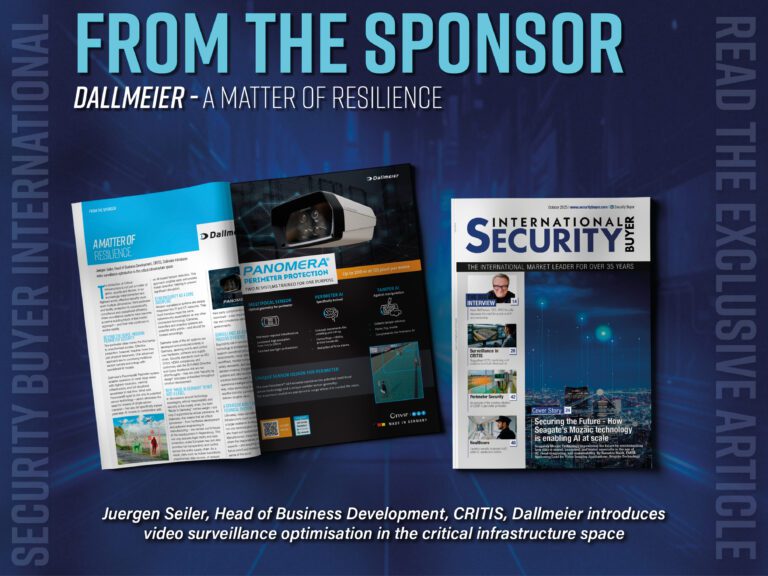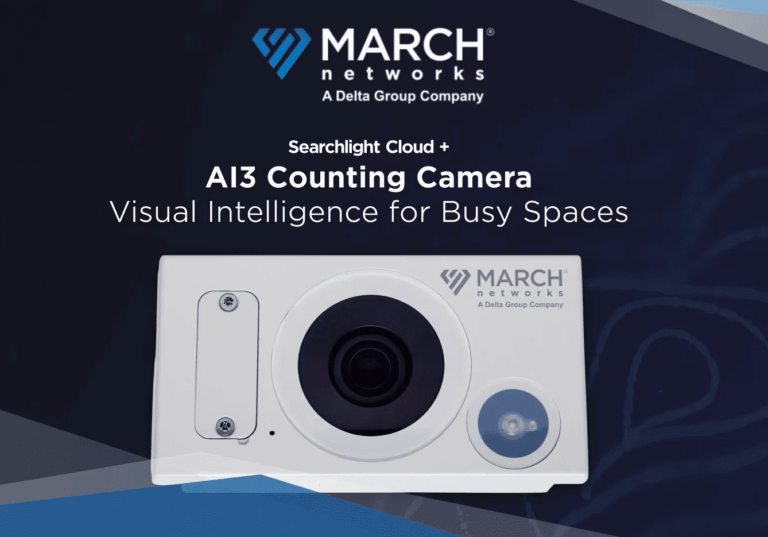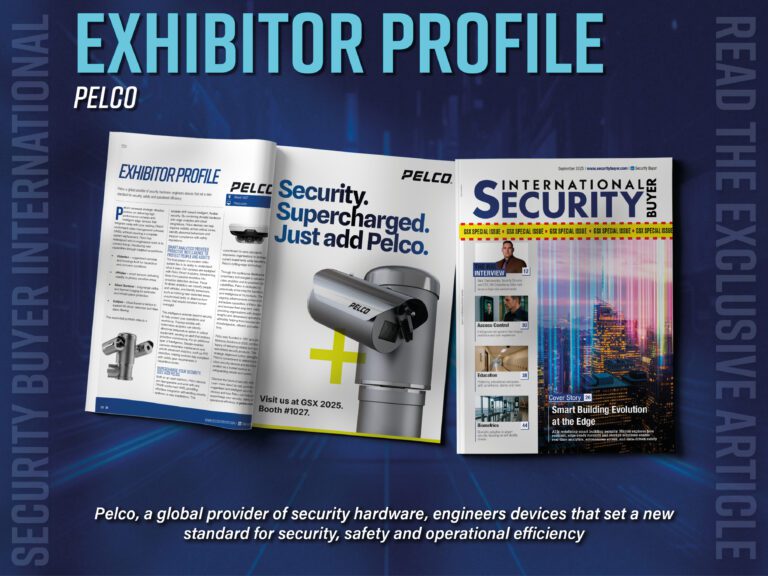Seagate’s Mozaic Technology is powering the future by revolutionising how data is stored, processed, and scaled especially in the age of AI, cloud computing, and sustainability. By Samehra Malik, EMEA Marketing Lead for Video Imaging Applications, Seagate Technology
Video recording and security is no longer just about cameras. From ultra-high-definition 4K/8K video to continuous surveillance and intelligent analytics, data generation is accelerating at an unprecedented pace. Raw footage, metadata, and longer retention periods all demand storage that is scalable, sustainable, and cost-efficient.
Seagate Technology is a global leader in mass-capacity storage, with decades of expertise in hard drive innovation for enterprise, video data and cloud solutions. Seagate is not only a leader in technology but a partner for mission-critical industries like security.
As the first-to-market innovator with real world HAMR deployment, Seagate Technology is enabling higher areal density through its Mozaic 3+ based solutions. The technology makes HAMR commercially viable and benefits security and video imaging greatly in three key areas:
- Higher capacities in smaller footprints
- Improved reliability and longevity
- Scalability for AI-driven workloads
Exos M 30TB is the flagship drive that makes these benefits tangible and are key advantages:
• Optimised for high workload, enterprise-class reliability, for continuous video recording.
• Supports large-scale deployments such as smart cities, airports, critical infrastructure, and data-driven law enforcement.
Balancing Sustainability and Cost in the Age of Video Data
AI is transforming security, unlocking real-time and predictive analytics but also increasing data and energy demands. The volume of video data being generated, processed, and stored is surging, putting unprecedented pressure on energy use, storage, and budgets.
Analysts predict this trend will accelerate. McKinsey estimates that global data centre energy needs alone could triple by 2030, driven by growing demand for computing power and the sheer volume of data creation. For security systems already one of the largest contributors to unstructured data, the challenge is acute. High-resolution cameras, longer retention periods, and AI-enhanced metadata all expand storage footprints and the carbon intensity of managing them.
For Seagate, this is strategic: cost of ownership and sustainability go hand-in-hand. Efficiency and environmental responsibility complement each other. To explore this further, Seagate surveyed industry professionals on their strategies for balancing sustainability with operational needs. Two clear priorities emerged.
Renewable energy adoption: More than 60% of respondents said they are using renewable energy to power data infrastructure, and nearly as many are investing in their own renewable energy sources. Reducing total emissions, but upfront costs and sourcing remain challenging.
Technology-driven efficiency: Respondents emphasised smarter use of technology to meet efficiency goals. Nearly half already deploy AI for data mitigation as part of their storage management approach, while others highlighted diversifying storage media to match evolving application needs. The focus is on reducing energy and capital costs while improving utilisation, extending device operating lifecycles, and cutting carbon footprints.
For the security industry, the implications are clear. Smart cities, airports, transportation hubs, and enterprises all need to capture, store, and secure petabytes of sensitive video data. Achieving this sustainability requires both cleaner energy and more efficient infrastructure.
This is where next-generation storage makes a critical impact. Exos 30TB drives with Mozaic 3+ HAMR store more data with fewer devices, reducing power, cooling, rack space, TCO, and environmental impact.
The move toward sustainability in security is not just about corporate responsibility, it’s about futureproofing. Reducing energy consumption cuts costs and mitigates the impact of renewable energy at the hardware level…


